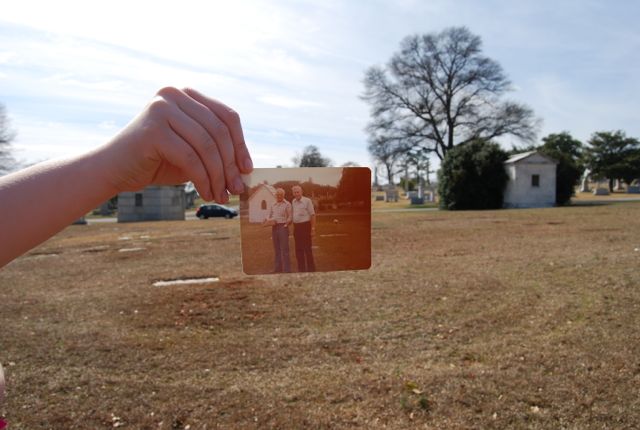When a death certificate is not an option, where can you look for a date of death? Here are some suggestions, some of which might be obvious and others which may be new ideas.
- City or County Records - In some cases, specific localities might have kept death certificates earlier than the state required. Before you assume that there is no death certificate available, check the area where your ancestors lived (if known) to make sure that there is, in fact, no death certificate.
- Tombstones - If you know where your ancestor is buried, you might be able to visit the cemetery to find your ancestor's date of death. If the original stone is damaged or otherwise illegible, try and find a previously published transcription.
- Obituaries - Published in newspapers, obituaries can provide a wealth of information about your ancestor and their entire family. Depending on the era and location in which the obituary was published, the information included may vary. The appearance of an obituary might also be decided by your ancestor's social status. My favorite online source for newspapers in GenealogyBank.com, though I've also gone to many local libraries to look up obituaries on microfilm.
- Mortality Census - Along with the population census, a mortality census was taken in 1850-1880. This document records deaths for the 12 months leading up to the census. A few states, Colorado, Florida and Nebraska, took a mortality census in 1885. These are available on ancestry.com (link)
- Probate Records - If you don't have an estimated date of death, you might have to spend a lot of time browsing reels of microfilm for probate records. However, if you do find a will or estate record, you'll know that your ancestor died before it was recorded with the court. If you're lucky, you might be able to find a date of death in testimony given by witnesses.
- Church Records - Depending on the type of religion your ancestor was affiliated with, records will vary. Some churches took detailed records, others none at all. My experience is with protestant churches, who seemed to make random membership lists. Check with the church themselves as well as the local historical societies and courthouses - there's no telling where the records might be. Also check with FamilySearch.com, who might have made microfilmed copies of the church's record.
- Tax Records - Unlike census records, tax records weren't only created every ten years, but were often taken every year. Depending on the location, availability may vary, however they usually list land-owning heads of households (you might also find tax records for other purposes as well). Try and find a series of years and look for when you ancestor disappears. Does his wife show up in the tax records the next year instead? This method isn't foolproof, but it can work in some situations.
Case Study: I had a particularly frustrating ancestor, William Britt, for whom I could not find a date of death. I could not find a local death record, tombstone, obituary, mortality census record, any probate records, or church for him. He was an old man when he appeared in the 1900 census, giving his age as 81 (though I suspect he was actually about 75). By 1910 his (third and much younger) wife, Permelia, was listed as a widow, so I knew that he had died by then. I had a ten year window, but I wasn't happy with it. His son, my great-grandfather, was born in 1901 and I wanted to see if William was still alive at this time. That's when I decided to check the tax records. Luckily, the records were available for his location, Emanuel County, GA, for a number of years between 1900 and 1910. By checking the records I was able to see that William was listed in the 1902 records, but in 1903 his wife, Permelia, was listed instead. From this, I now know that he died sometime in 1902 or 1903. I still don't have an exact date, but I have a much better idea than I did. And I know that he died after his youngest child was born.














